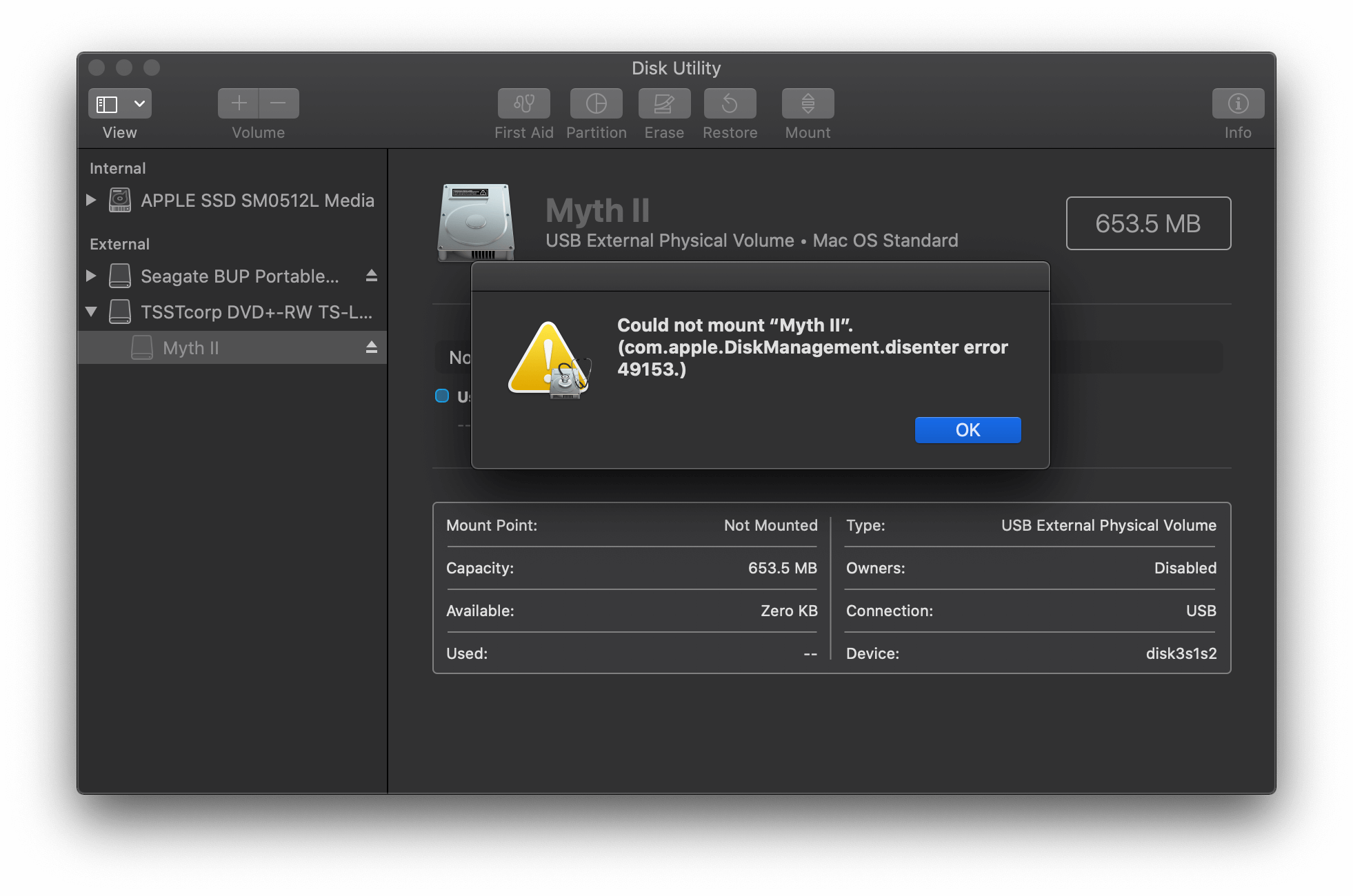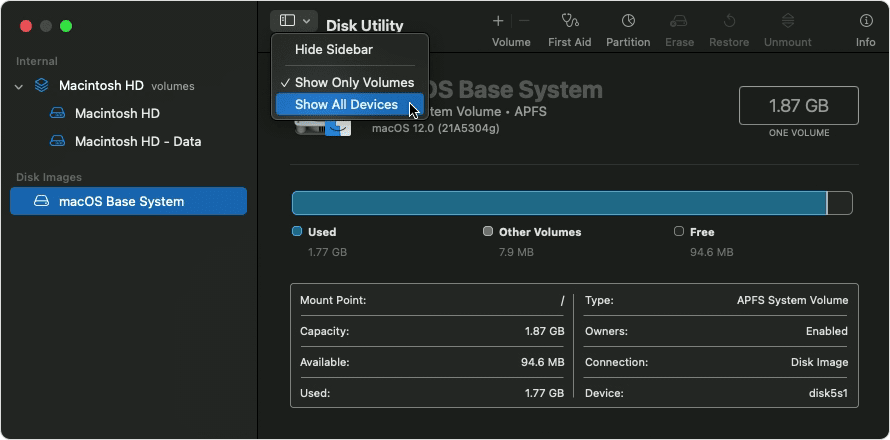
- #Mac os disk utility loading disks full#
- #Mac os disk utility loading disks software#
- #Mac os disk utility loading disks free#
- #Mac os disk utility loading disks mac#
In Recovery Mode, the macOS utility window will pop up. This should prompt the system to enter Recovery Mode.
#Mac os disk utility loading disks mac#
Press and hold Command + R on your keyboard while the Mac is booting.
#Mac os disk utility loading disks full#
The time it takes to repair the disk itself will depend on the extent of the damage and the size of your drive, plus whether your drive is full or not. Here’s how you can use macOS Utilities: Reboot or boot your Mac. How long will it take to repair a disk using fsck on Mac? Select “First Aid” and choose “Run.” Your Mac will search for problems and fix any that arise. To do this, go to Spotlight (magnifying glass in the toolbar), search for “Disk Utility,” and click on Disk Utility.app. Yes, you can also use Disk Utility to repair a hard drive on your Mac. Can I repair my Mac hard disks without using fsck? When fsck is finished checking and repairing the filesystem, type reboot into the command prompt and press “Enter.” Frequently Asked Questions 1. If it finds no damage, it will exit with “OK.”ħ. fsck will check the file system and attempt to repair any damage that it finds. Other available filesystems include fsck_msdos, which runs on FAT file systems fsck_exfat, which examines ExFAT filesystems and fsck_udf, which looks at UDF file systems.Ħ. That command will run the HFS sub-version of fsck on that drive. Open Terminal (/Applications/Utilities/Terminal.app).

We’ll use Terminal’s diskutil command to accomplish that.ġ. Finding the Right Diskīefore you can run fsck, you’ll need to find the device node and identifier of the disk you want to target. And if left unaddressed over time, these could cause significant damage to the drive. If you hear these noises, it’s a sign that the Mac’s mechanical drives aren’t working properly. What isn’t normal, however, is hearing sounds like clicking and grinding. Some level of noise from your Mac is normal, especially if you’re running programs that take up a lot of energy. If a disk has stopped working properly, you may find that you can no longer use certain files or documents. Files on Your Mac Become CorruptĪnother sign that your hard drive is failing is your files becoming corrupt.Ĭorruptions often occur during the writing phase. Your Mac may take longer to load, or you could struggle to open apps that you use regularly. If this begins to fail, you may begin to notice that your programs stop running as smoothly.

#Mac os disk utility loading disks free#
MacDrive includes FREE tech support and some of the fastest response times to phone and email support questions in the industry.Īnd we stand behind our software, if MacDrive doesn’t perform as promised, we offer a 30-day money back guarantee.When you use your Mac, your device will store many of the apps and programs you use on your hard drive.
#Mac os disk utility loading disks software#
And we take the mission seriously. Unlike other software companies, our job doesn’t end when you purchase. Since 1996 we’ve built a reputation on being a rock solid cross-platform utility.

Just as important as access your data is protecting it. And in the event that your Mac disks is having a problem, our robust repair feature can fix basic disk issues. From floppies to hard drives, MacDrive can handle almost any disk you toss at it. MacDrive also includes powerful features that enable you to create and partition Mac disks direct from your PC. There is nothing to launch or learn, MacDrive makes Mac disks look and act just like any other disk on your PC. Once you plug in your Mac disk, behind the scenes MacDrive works to seamlessly enable Windows understand HFS+ disks and allow you to read and write to the disk. Check your Mac’s Storage with ‘About This Mac’ Click on the. Select different partitions or disks from the left panel. A window will be displayed that contains details of your Mac’s storage usage. Open Disk Utility which should be located in the Applications > Utilities folder on your Mac. Simple and easy to use, MacDrive is recognized as the leader for accessing Mac disks from Windows for almost 20 years. Check your Mac’s Storage using Disk Utility.


 0 kommentar(er)
0 kommentar(er)
